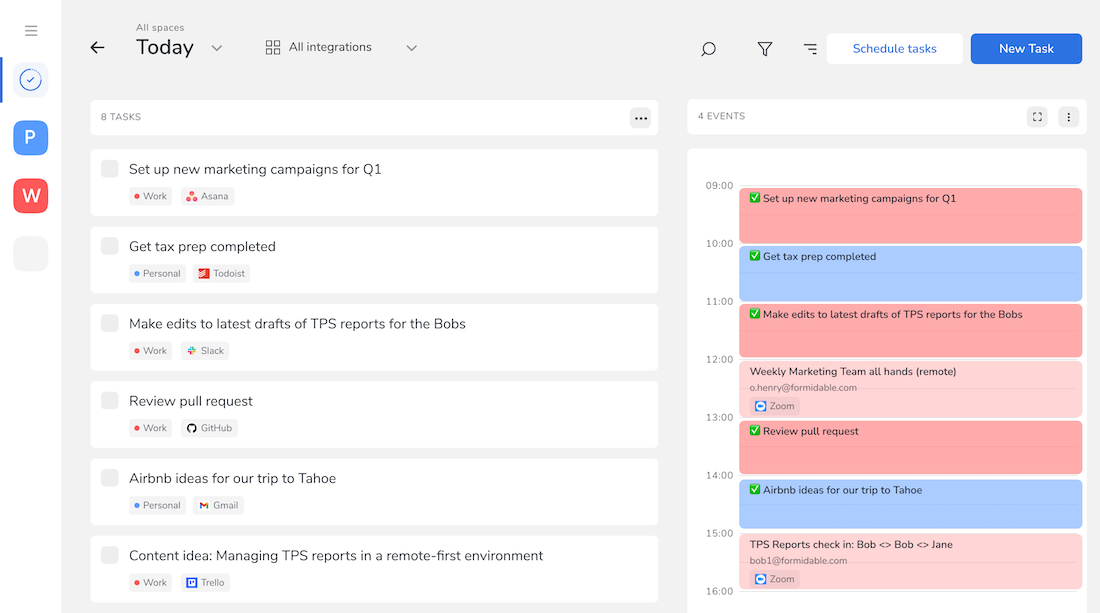Rising Above the Challenges: How to Build a Flexible Workforce Fit for the Future
The COVID-19 pandemic has disrupted traditional work models and accelerated the adoption of flexible work arrangements. As companies reassess their workplace policies, it is crucial to develop a flexible workforce capable of meeting future challenges. In the Harvard Business Review article "The Future of Flexibility at Work," authors Ellen Ernst Kossek, Patricia Gettings, and Kaumudi Misra discuss the importance of a strategic and nuanced approach to flexibility in order to create a work environment that benefits both employees and employers. This article explores their insights and provides practical strategies for building a flexible workforce designed for the future.
The Accommodation Approach
Under the accommodation approach, employers address individual employee requests for flexibility on an as-needed basis. While accommodating personal or family needs can help retain valuable employees, it can inadvertently create disparities and hinder organizational consistency. Reliance on exceptional accommodations, rather than incorporating flexibility as a regular work practice, may limit career advancement and fail to foster a cohesive culture throughout the company.
Related: Building Trust in Remote Teams: Problem-Solving Strategies for Stronger Connections
The Boundaryless Approach
In contrast, the boundaryless approach to flexibility assumes employees are available and expected to perform job tasks at any time, from any location. This model aims to enable round-the-clock business operations, reduce office space, and cut costs. However, the boundaryless approach can lead to employee burnout, negative health effects, and a diminished talent pool due to an overworking culture and constant availability.
A New Approach to Flexibility: True Flexibility
To harness the benefits of flexibility while avoiding the drawbacks of the accommodation and boundaryless approaches, Kossek et al. advocate for a "true flexibility" model. True flexibility aligns the interests of employers and employees, creating a work environment that supports both productivity and work-life balance. Here are key steps to building a flexible workforce fit for the future:
1. Establish Clear Guidelines
Clearly define guidelines to manage flexible work arrangements. These guidelines should outline expectations, boundaries, and responsibilities, ensuring clarity and avoiding misunderstanding.
2. Develop a Culture of Trust
Promote trust by fostering transparent communication and consistent follow-up. Employees should feel confident that their managers and teams are supportive of their flexible work arrangements.
3. Integrate Technology
Embrace technology tools that facilitate collaboration, communication, and project management across the organization. Providing employees with the necessary technology enables seamless remote work and supports productivity.
4. Train Managers
Equip managers with the skills to effectively manage employees with flexible schedules. Provide training on setting clear expectations, tracking progress, and maintaining regular communication with remote team members.
5. Create Metrics for Success
Establish metrics to evaluate the effectiveness of flexible work arrangements. Regularly assess whether these arrangements align with the company's goals and adjust strategies as needed.
Related: Dealing with Isolation: Problem-Solving Techniques for Remote Workers | Taskable Blog
Final Thought
Building a flexible workforce fit for the future requires more than simply accommodating individual requests or implementing boundaryless work policies. By adopting a true flexibility approach, organizations can create a work culture that benefits both employees and employers. Clear guidelines, a culture of trust, technology integration, manager training, and metrics for success are vital elements in building a flexible workforce capable of meeting future challenges and staying competitive.

Top recommendations
- Casino En Ligne France
- Casino Fiable En Ligne
- Casino Online
- Site De Paris Sportif Belgique
- Site Paris Sportif Belgique
- Meilleur Site Casino En Ligne Belgique
- Jeux Casino En Ligne
- Bookmaker Non Aams
- Casino Non Aams Sicuri
- App Di Scommesse
- Parier En Crypto
- Site De Paris Sportif
- Sweet Bonanza Avis
- Paris Sportif Mma Ufc
- ライブ カジノ
- オンラインカジノ 出金 早い
- Nha Cai Den Tu Chau Au
- Casino Crypto Sans Kyc
- Meilleurs Sites Paris Sportifs
- Casino En Ligne Nouveau
- Meilleur Nouveau Casino En Ligne
- Casino En Ligne Français
- Scommesse In Crypto
- Casino Non Aams
- Casino En Ligne
- Top Casino En Ligne
- Casino Retrait Rapide
- Casino En Ligne France
- Casino Non Aams
- Free Spin Senza Deposito Immediato
- Siti Non Aams Sicuri
- Casino Online Non Aams
- 꽁머니 토토
- Casino Fiable En Ligne
- Meilleur Casino En Ligne
- Casino En Ligne Francais
- Nouveaux Casinos En Ligne

.webp)
.webp)
.png)



